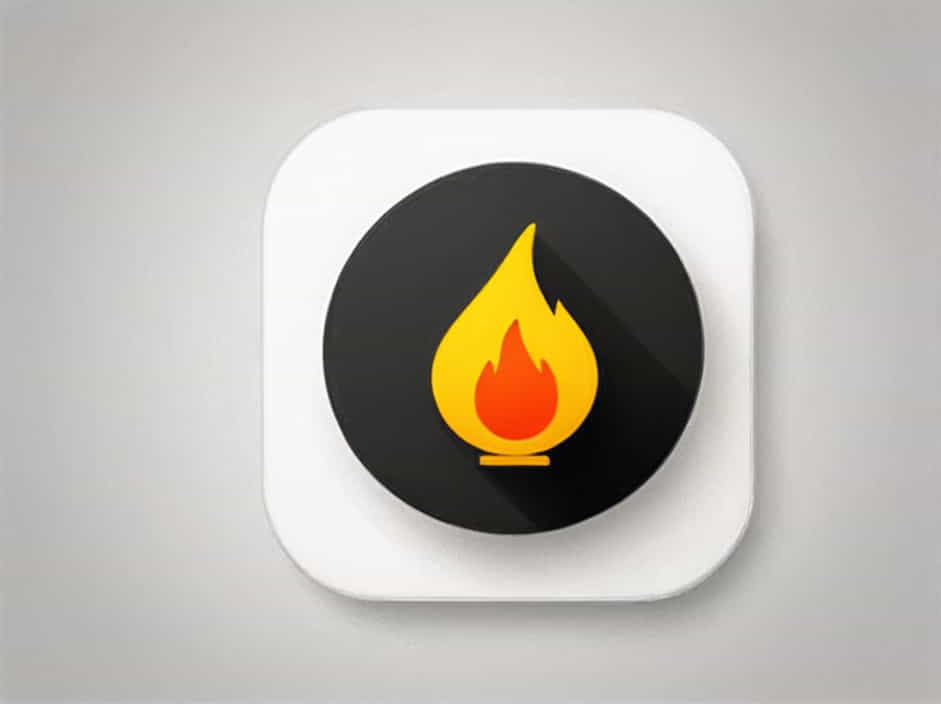Combustion and flame are essential topics in science, particularly in chemistry and physics. Understanding how combustion works, the types of flames, and the factors affecting burning processes is important for both academic studies and practical applications.
This topic provides detailed questions and answers on combustion and flame, covering key concepts in an easy-to-understand manner.
What is Combustion?
Q1: What is combustion?
A: Combustion is a chemical process in which a substance reacts with oxygen to produce heat and light. It is also known as burning.
Q2: What are the necessary conditions for combustion?
A: For combustion to occur, three elements are needed:
- Fuel – A substance that burns (e.g., wood, gasoline).
- Oxygen – Supports burning.
- Heat – To start and sustain the reaction.
This is known as the fire triangle.
Q3: What is the difference between complete and incomplete combustion?
A:
- Complete combustion occurs when there is enough oxygen, producing carbon dioxide (CO₂) and water (H₂O) with a blue flame and less smoke.
- Incomplete combustion happens with limited oxygen, producing carbon monoxide (CO) and soot (carbon ptopics), with a yellow or orange flame and more smoke.
Types of Combustion
Q4: What are the different types of combustion?
A: There are three main types:
- Rapid Combustion – Burns quickly, producing heat and light instantly (e.g., burning paper).
- Spontaneous Combustion – Occurs without an external heat source (e.g., phosphorus catching fire in air).
- Explosion – A sudden release of heat, light, and pressure (e.g., fireworks, gas leaks).
What is a Flame?
Q5: What is a flame?
A: A flame is the visible part of a fire, produced when gases released during combustion ignite. It emits light and heat.
Q6: What are the different zones of a flame?
A: A candle flame has three main zones:
- Outer zone – Blue, hottest, complete combustion occurs.
- Middle zone – Yellow, moderate heat, incomplete combustion.
- Inner zone – Dark, least hot, unburnt wax vapors present.
Q7: Why does a flame appear blue or yellow?
A:
- A blue flame indicates complete combustion (e.g., gas stove flame).
- A yellow flame means incomplete combustion, producing soot (e.g., candle flame).
Fuel and Its Properties
Q8: What is a fuel?
A: A fuel is any substance that burns to produce heat and energy. Examples include wood, coal, petrol, and natural gas.
Q9: What are the characteristics of a good fuel?
A: A good fuel should:
- Burn efficiently with high energy output.
- Produce minimal smoke and pollutants.
- Be readily available and affordable.
Q10: What are fossil fuels?
A: Fossil fuels, like coal, petroleum, and natural gas, are formed from decayed plants and animals over millions of years.
Q11: Why are fossil fuels considered non-renewable?
A: Fossil fuels take millions of years to form and cannot be replaced quickly once used up.
Fire Safety and Prevention
Q12: What are the common causes of fire?
A:
- Electrical faults (short circuits).
- Gas leaks (from stoves or pipelines).
- Carelessness (throwing lit cigarettes).
Q13: How can we control fire?
A: Fire can be controlled by removing one of the fire triangle elements:
- Removing fuel – Cutting off flammable materials.
- Removing oxygen – Using a fire extinguisher or covering the fire.
- Lowering heat – Pouring water (not on oil fires).
Q14: Why is water not used for oil or electrical fires?
A:
- Water spreads burning oil, making the fire worse.
- Water conducts electricity, increasing the risk of electrocution in electrical fires.
Environmental Impact of Combustion
Q15: How does combustion affect the environment?
A: Combustion releases gases like carbon dioxide (CO₂) and carbon monoxide (CO), leading to:
- Air pollution – Harmful gases and soot ptopics pollute the air.
- Global warming – Excess CO₂ increases Earth’s temperature.
- Health hazards – Smoke and toxic gases cause breathing problems.
Q16: What are eco-friendly alternatives to fossil fuels?
A:
- Solar energy
- Wind energy
- Hydropower
- Biofuels
Understanding combustion and flame is crucial in daily life, from using fuel efficiently to ensuring fire safety. By adopting safe practices and sustainable energy sources, we can minimize environmental impact and reduce fire hazards.
This Q&A guide provides essential insights into combustion, its applications, and safety measures to help students and readers grasp these important concepts easily.
